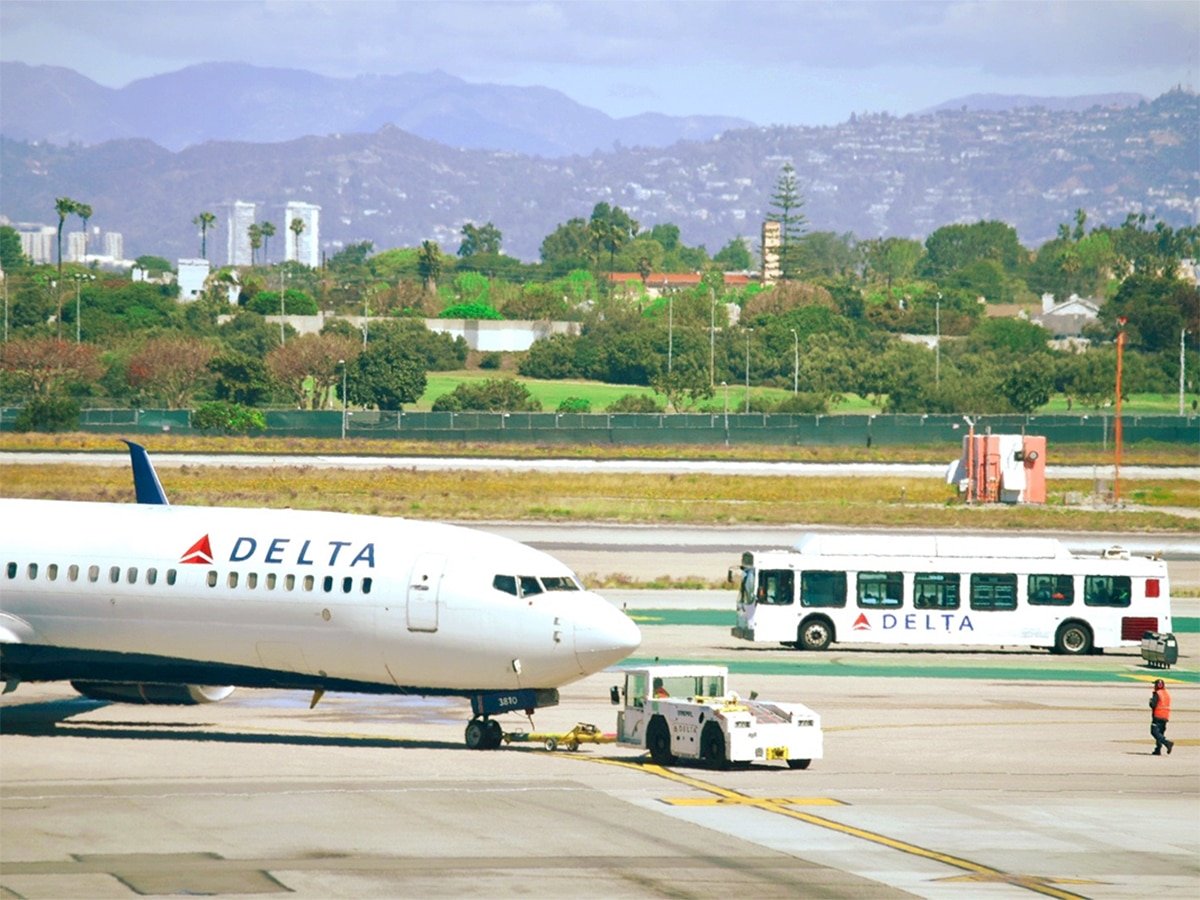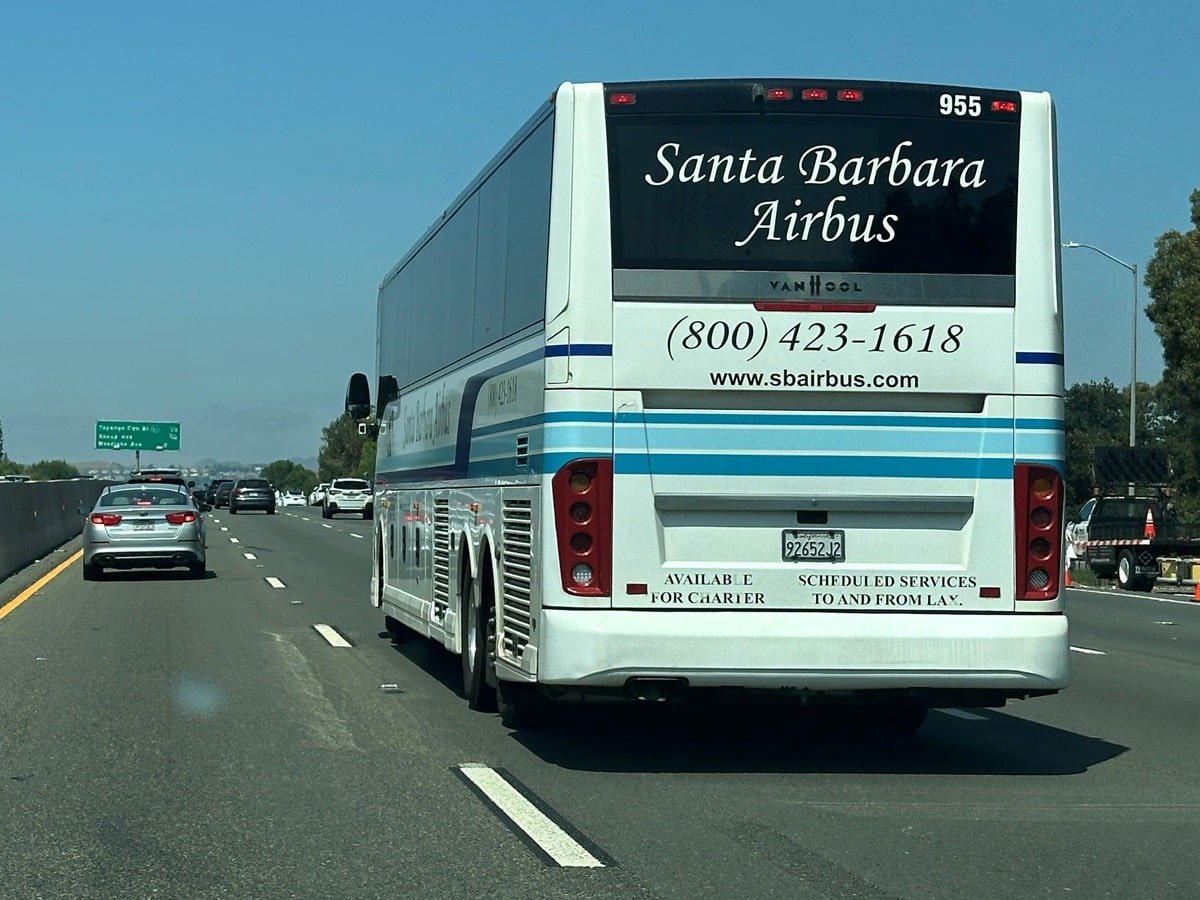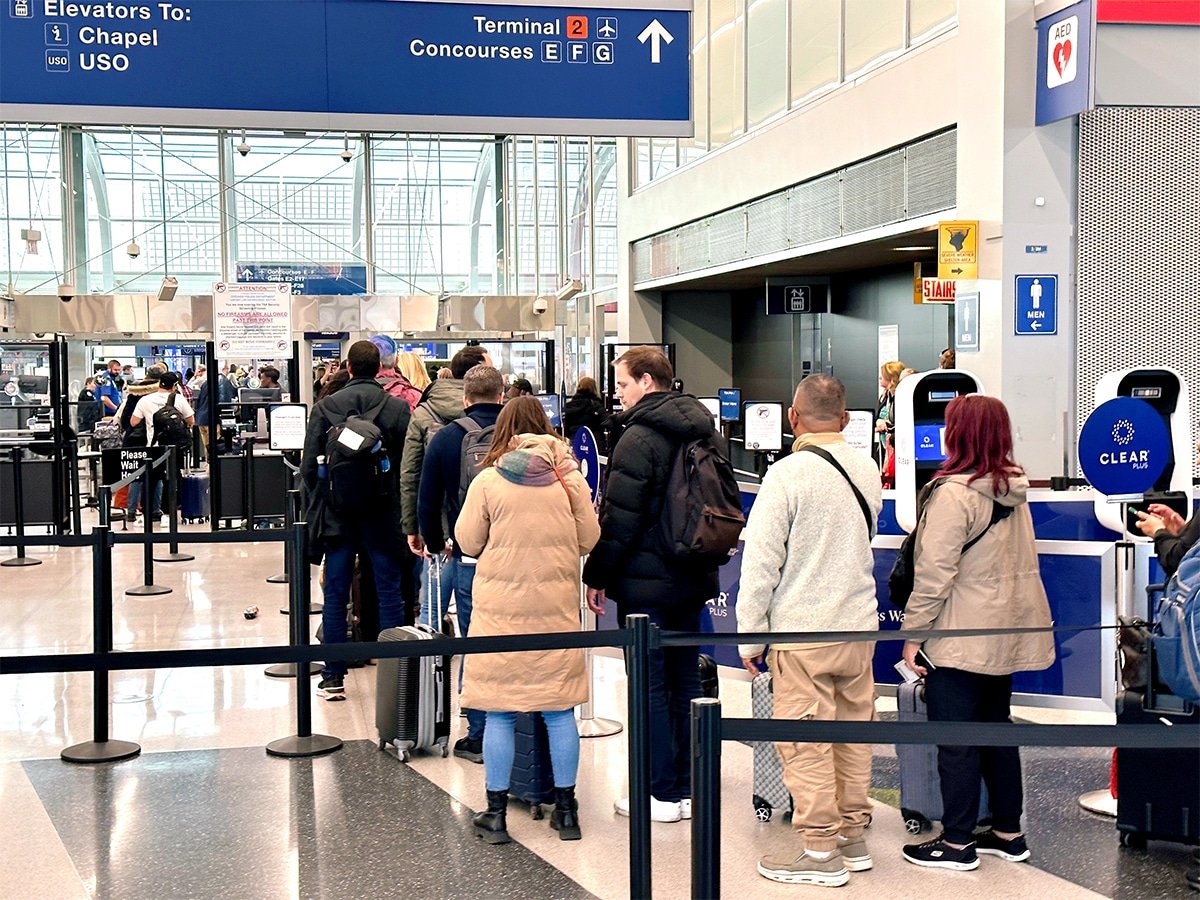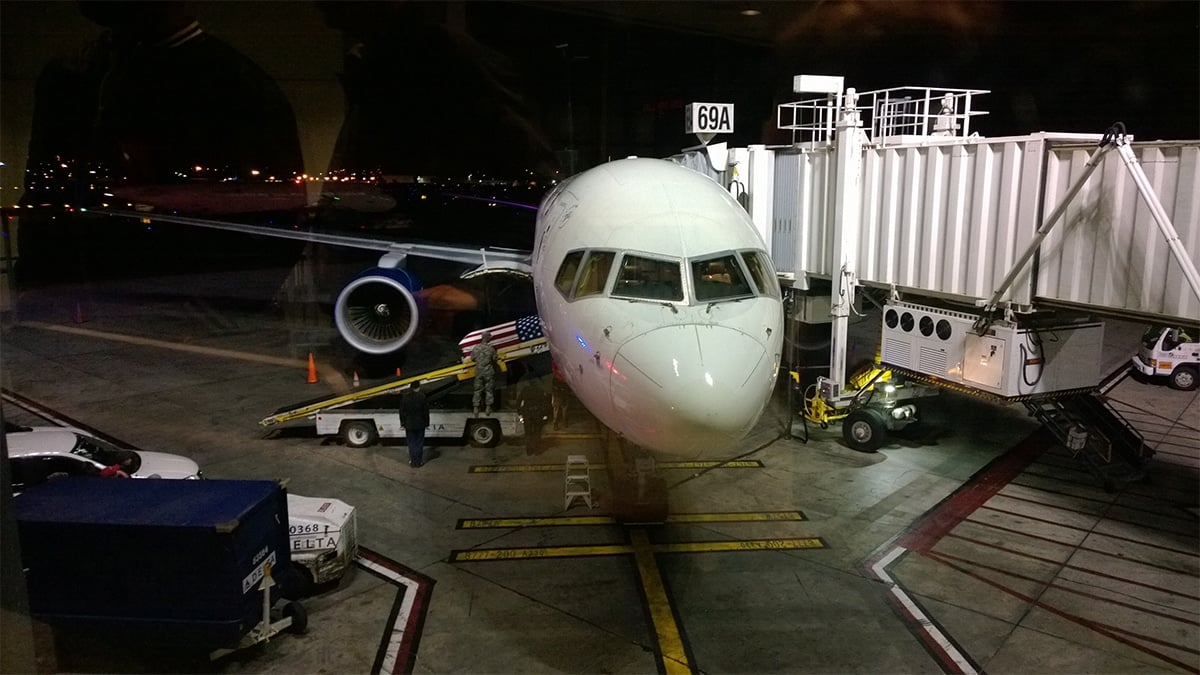A Delta Air Lines flight from Los Angeles to Atlanta was forced to make an emergency landing back at LAX on Friday afternoon after one of the aircraft’s engines caught fire shortly after takeoff.

The incident occurred around 2 p.m. and was captured on video by LA Flights, a livestreamer known for documenting aircraft activity at LAX. Flames could be seen shooting from one of the engines on the Boeing 767.

The plane returned safely to Los Angeles International Airport and landed without further incident. No injuries were reported.
According to Delta Air Lines, the FAA is investigating. The cause of the fire remains unknown.
The footage quickly spread online, prompting a wave of commentary from aviation professionals and enthusiasts. Some blamed the airline’s aging fleet while others defended the safety and maintenance standards of older aircraft.
Instagram user @therealklausfeldam wrote, “COME ON @delta!!! Time to retire the countless ancient 757s and 767s in your fleet. They are an accident waiting to happen.”
Another user, @alexg_alexg, responded, “You know nothing about aviation. The amount of maintenance aircraft go through makes them just as safe as the new aircraft.”
Some weighed in with technical theories.
“I’m guessing compressor stall but that’s speculation 😆” said @mr.moneytrees.
“Yawn, another compressor stall. Not even newsworthy,” added @canerdianeh.
Others, like @lefty_airline_pilot, questioned the diagnosis. “I’m not sure what that is but it doesn’t resemble any compressor stall that I’ve seen. Perhaps an oil or fuel system drain fire.”
One pilot, @captainkw, chimed in with a possible cockpit response: “That’s when you use the fuel shutoff valve on engine #1 after confirming with your co-pilot that’s indeed the correct one to shut down.”
The most detailed insight came from @FLIGHTDECK_PILOT, a commercial pilot with experience flying Boeing 767s and Airbus A330neos. He shared a full breakdown of what typically happens during an in-flight engine fire:
“After passing V1 (decision speed), a takeoff is always continued, no matter what happens, because there is no longer enough runway to stop safely. If a fire is detected – confirmed by the two independent engine fire loops – the crew follows strict memory items. The Pilot Flying keeps flying the aircraft, while the Pilot Monitoring (after confirming ‘Engine No. 1 Fire’) performs the steps:
Autothrottle off
Affected thrust lever idle – CONFIRM
Fuel control switch – OFF, CONFIRM
Engine fire switch – PULL
If the fire warning persists, extinguishing bottles are discharged. Some warnings are inhibited during the initial climb to avoid distraction. Once stable, the crew declares Mayday. Overweight landings are permitted in emergencies, with procedures in place to ensure a safe return. Engines are certified to burn for up to 10 minutes without affecting structural integrity.”
As the video continues to gain traction, the incident is serving as a real-world look into emergency response protocols in commercial aviation.
“Wow! Glad everyone is safe. Great job Josh,” said @smbrath2012, echoing a sentiment shared by many online.



